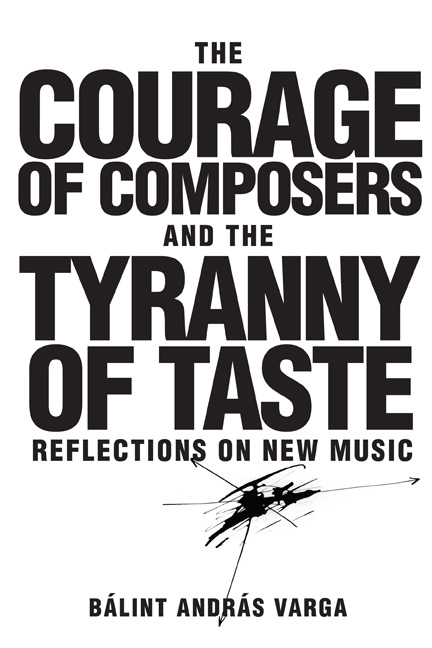7 - George Crumb (b. 1929)
Published online by Cambridge University Press: 22 May 2021
Summary
As a European not really familiar with musical life in the United States, I have no means of establishing the extent to which the music of George Crumb forms part of the standard concert repertoire today. I do remember that his music—primarily the chamber pieces—were de rigueur at concerts of new music, certainly in Hungary. One could rattle off their titles without a moment's hesitation: Night of the Four Moons (1969), Ancient Voices of Children (1970), Black Angels (1970). They had a sound world all their own and were pleasant to listen to, reinforced by the comforting knowledge that in enjoying Crumb one was being ahead of the times. If I remember correctly, no Feldman, Brown, or Cage were programmed at the same concerts; Crumb comfortably stood for new American music.
In his reply to my first question in my 1983 interview, Crumb listed his sources of influence with remarkable clarity. He was quite obviously perfectly aware of whom he had learned from (Mahler and Debussy, as well as Bartók and Webern) and what exactly he had taken over from them. Oddly enough, what he failed to comment on was what inspired him to use direct quotations from composers of the past. As Paul Griffiths cites the composer in his Modern Music and After, Crumb had “an urge to fuse unrelated elements and juxtapose the seemingly incongruous.”
If you want to find out just what lies behind Crumb's initial attraction and his relative disappearance from concert programs (certainly in Europe), you need go no further than Richard Steinitz, also quoted by Paul Griffiths, combined with Griffiths's subsequent explanatory notes: “The direct quotations from Bach, Schubert, or Chopin, heard through Crumb's strange and unworldly soundscape, acquire an amazing aura of distance both cultural and temporal. Surrealist museum exhibits, their mummified beauty seems utterly remote, like a childhood memory of warm, homely security.”
Griffiths goes on to explain: “It worked. But it worked only as long as tonal and atonal were strictly separate categories, implying a similarly strict separation between ancient and modern.
- Type
- Chapter
- Information
- The Courage of Composers and the Tyranny of TasteReflections on New Music, pp. 59 - 61Publisher: Boydell & BrewerPrint publication year: 2017



